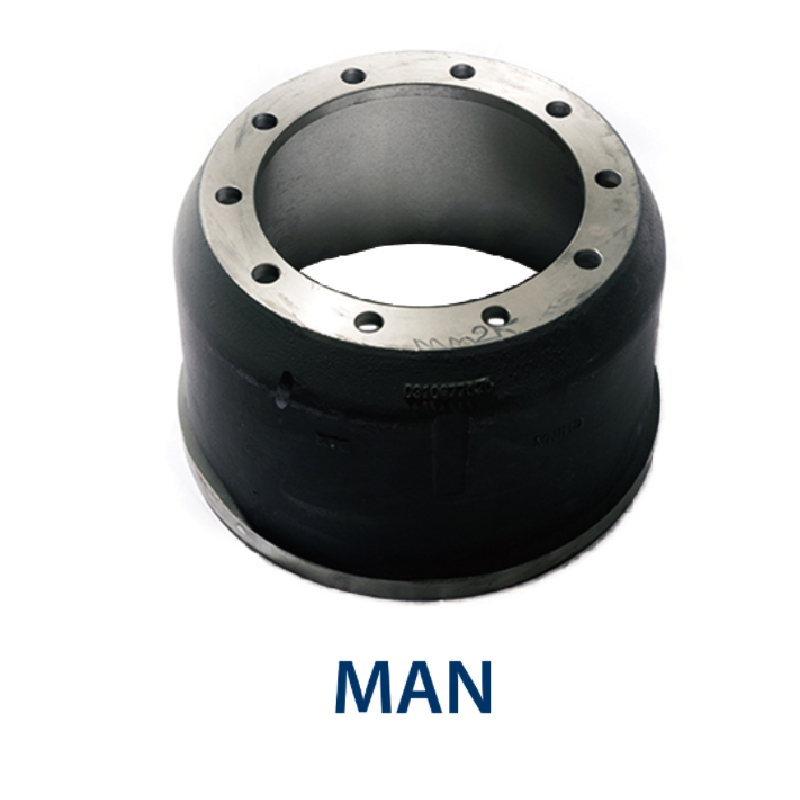Nov . 23, 2024 09:42 Back to list
hydraulic brake drum
The Function and Importance of Hydraulic Brake Drums in Modern Vehicles
Hydraulic brake drums are essential components of the braking systems in various vehicles, providing reliable stopping power through a hydraulic mechanism that enhances safety and performance. Understanding how they function, their components, and their advantages is vital for anyone interested in automotive technology or vehicle maintenance.
At the core of a hydraulic brake drum system lies the principle of hydraulics, which utilizes incompressible fluids to transfer force. When the driver presses the brake pedal, it activates a master cylinder that pushes brake fluid through a system of lines to the brake drum. This fluid pressure engages the brake shoes inside the drum, causing them to expand and make contact with the inner surface. The friction generated in this process slows down the vehicle, ultimately bringing it to a stop.
The hydraulic brake drum consists of several key components. The primary elements include the brake drum itself, the brake shoes, the wheel cylinder, and the hydraulic lines. The drum is a cylindrical component mounted on the wheel, typically made of cast iron or a composite material. The brake shoes are fitted with friction material on their surface, which presses against the drum when activated. The wheel cylinder, located inside the drum, is responsible for converting hydraulic pressure from the brake fluid into a mechanical force that pushes the shoes outward.
hydraulic brake drum

One of the main advantages of hydraulic brake drums over other types of braking systems is their ability to distribute braking force evenly. Because the hydraulic pressure acts symmetrically on the brake shoes, this design minimizes wear and maximizes braking efficiency. Additionally, hydraulic systems are less prone to fading under heavy use compared to traditional mechanical brakes, thanks to the consistent pressure provided by the fluid.
Another significant benefit of hydraulic brake drums is their adaptability across various vehicle types. They are commonly found in both light-duty and heavy-duty vehicles, offering a balance between performance and ease of maintenance. While some high-performance cars may opt for disc brakes due to their superior heat dissipation capabilities, hydraulic brake drums are often used in larger vehicles, such as trucks and buses, where durability and cost-effectiveness are more critical.
However, it is essential to maintain hydraulic brake drums properly to ensure optimal performance. Regular inspections should include checking for wear on the brake shoes, ensuring the brake fluid is at the correct level, and examining the hydraulic lines for leaks. Any signs of wear or damage can lead to decreased braking efficiency or complete brake failure, underscoring the importance of routine maintenance.
In conclusion, hydraulic brake drums play a critical role in the automotive industry, contributing to safe and efficient vehicle operation. Their reliable design, coupled with the advantages of hydraulic force, makes them an excellent choice for a wide range of vehicles. Understanding their function and upkeep can help vehicle owners make informed decisions regarding maintenance and potential upgrades, ultimately enhancing safety on the road.
-
HINO Industrial Efficiency Solutions - ¡Ң���ຽ��е��������˾
NewsJul.13,2025
-
HINO Industrial Solutions - ¡Ң���ຽ��е��������˾ | Advanced Technology&Reliability
NewsJul.13,2025
-
HINO Industrial Efficiency-Jiangsu Hino Industrial|Productivity Optimization&Cost Reduction
NewsJul.12,2025
-
HINO-¡Ң���ຽ��е��������˾|Advanced Industrial Solutions&Energy Efficiency
NewsJul.12,2025
-
Premium Brake Drum Iveco – Durable Drum Brake Drum & Brake Shoe Solutions
NewsJul.08,2025
-
High-Performance Brake Drum Liza for Enhanced Safety Reliable Drum Brake Drum & Brake Shoe Solutions
NewsJul.08,2025
